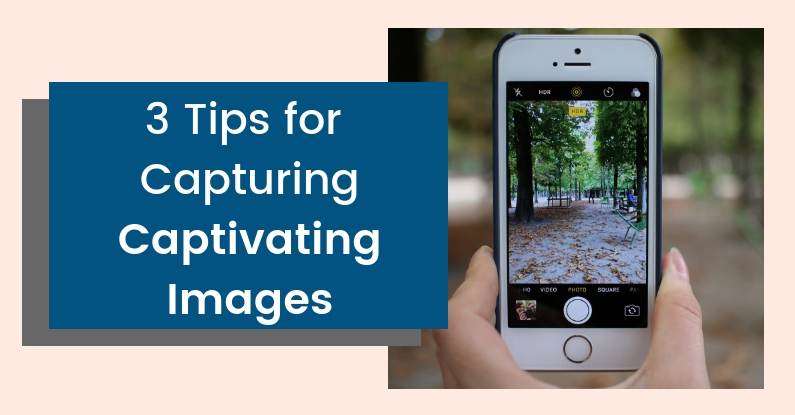When was the last time you tried to capture that picture perfect moment, but were left with something less than desirable staring back at you from your camera screen?
Photography is hard. It’s why we pay professionals so much money to capture and preserve major life events such as weddings, anniversaries and milestone birthdays. But for those moments when it’s just up to you and your smartphone, here are three simple ways you can capture stunning photos — without a professional.
1.Lighting
When it comes to photography, lighting is everything.
If you break out your DSLR on manual mode, you’ve got ISO, shutter speed, and aperture to worry about. But when it comes to capturing those great photos on your phone at an event, you can keep your lighting fairly simple.
First off, you’re going to want to stay away from backlighting, unless you’re going for that cool silhouette shot. Secondly, natural is best. Fluorescents and tungsten lights can cast unflattering hues on your subjects. If you can take your photos outside or near a window, you’re going to drastically improve your image quality. And finally, I encourage you to use your flash very sparingly. Not only does it tend to wash out your subjects, but unless you’ve got an external slave/master flash system, you’re probably flooding the field with too much light, giving your subjects that startled appearance.
- Front Facing Camera
In this selfie-filled world, it can be tempting to use your front facing camera when taking photos of yourself. But if you can master taking a selfie with your rear facing camera, you’re going to see an instant improvement in quality, texture and lighting. On most phones, rear facing cameras pack a punch with nearly double the megapixels (e.g. the iPhone 8 rear-facing camera has 12-megapixels, while the front facing camera has 7). And if you’ve opted for any of the higher end smartphones, you may even see f/1.8 aperture, giving your phone’s camera portrait capabilities. This value (the f/stop) indicates the amount of light allowed to pass through the camera. The lower the value, the more light and background blur you’re going to see in your images. To put that in perspective, some of the highest quality portrait lenses for a DSLR have an f/1.2.
While megapixels can’t solve everything, given that phone photography doesn’t easily allow you to use different lenses, the more megapixels you have, the better the photos you will take. And though it may take you a while to get the hang of position and angels, if you can take those event selfies using your rear facing camera, you’ll be able to save and share a higher quality image.
- Watch your filters.
Instagram, VSCO, and built-in photo editors have made it increasingly easy to add that fun summer wash to your favourite snaps. And with the right place, right time and right platform, a filter can make your image pop or enhance your personal brand.
However, we can easily fall into the rut of using a filter as a “save all” with poor quality photos. Poor quality photos mixed with filters can results in even worse images. So if you’re watching your lighting and opting for your front facing camera, you’re going to be snapping higher quality photos that are worthy of a share before a filter even hits them.
Together, these three techniques can change the way you share photos on social media. So grab your phone, find some natural light, and get snapping!





